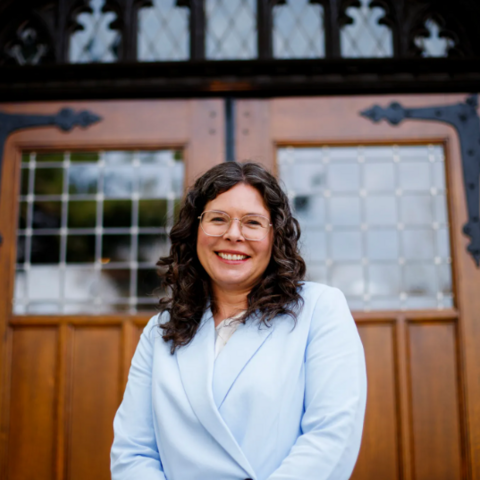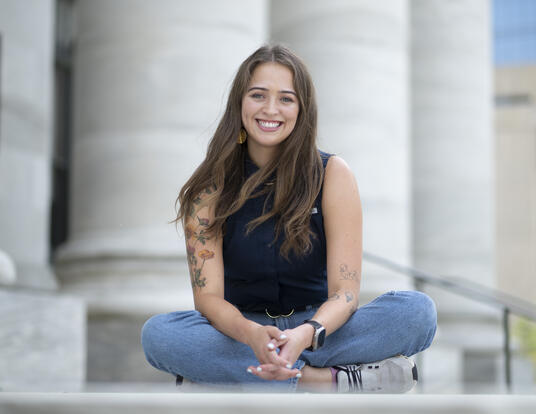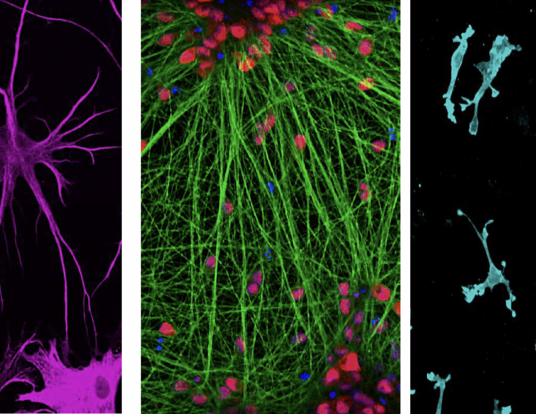From Cells to Self
Hannah Tam, PhD Student
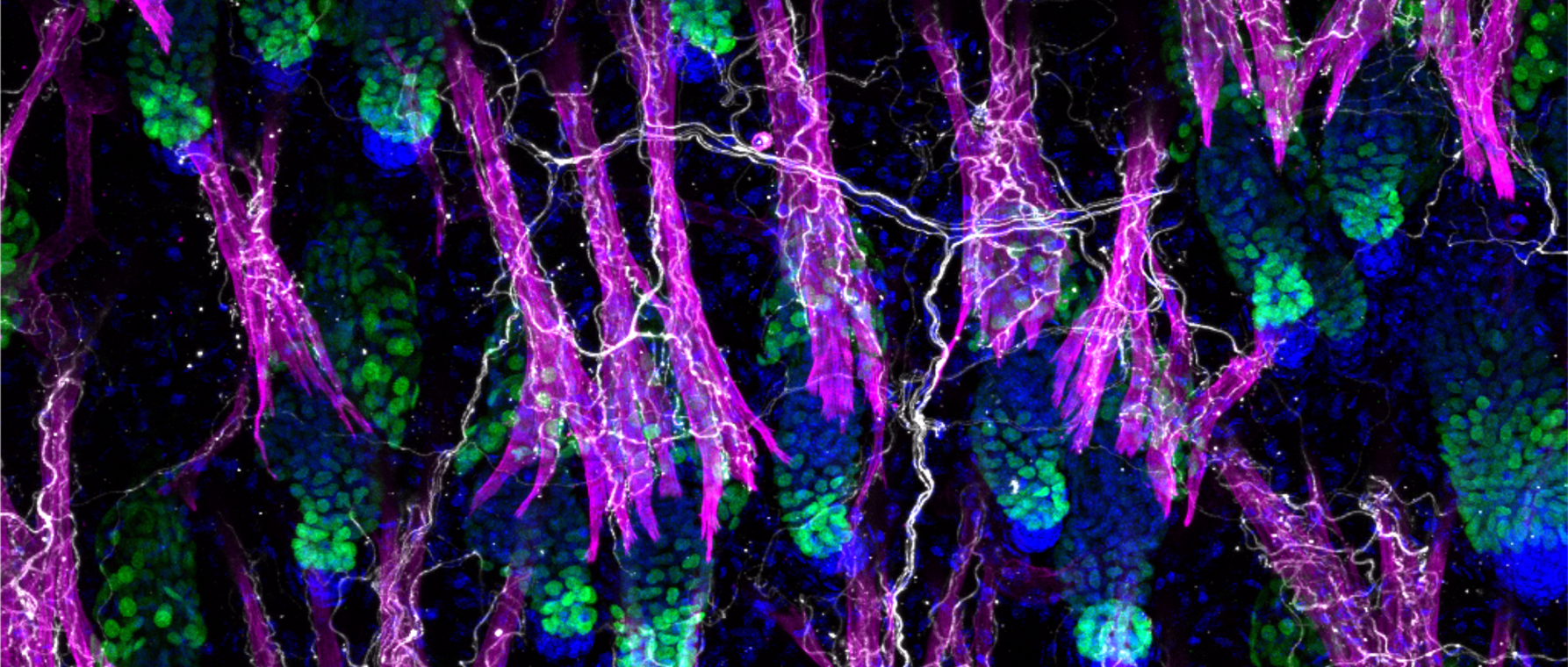
Research at Risk: Since World War II, universities have worked with the federal government to create an innovation ecosystem that has yielded life-changing progress. Now much of that work may be halted as funding is withdrawn. Find out more about the threats to medical, engineering, and scientific research, as well as how Harvard is fighting to preserve this work—and the University's core values.
Hannah Tam is a sixth year PhD candidate in the Biological and Biomedical Sciences Program at Harvard Griffin GSAS who graduates this year. A member of the Hsu Lab in the Department of Stem Cell and Regenerative Biology, Tam’s work on the regeneration of embryonic skin offers transformative potential for biomedical treatments of wounds. Tam discusses her research on organ-level regeneration, her path to her PhD, and the life-changing lessons she has received from her mentors.
Skin Deep
Regeneration is an amazing process seen across the animal kingdom—some organisms like planarians (non-parasitic flatworms) or axolotls (salamander-like amphibians) can faithfully regenerate an entire limb after an injury. But regenerating an organ is very rare for mammals. Organs are made of tissues from different lineages. Mammals can regenerate at the tissue level. (Think about your skin’s outermost layer renewing itself every few days, or your stomach lining renewing itself every few days.) But mammals have a hard time regenerating an entire organ. I utilize mammalian skin as my model system to study organ-level regeneration.
Before I joined the lab, I thought skin was just the epidermis (basically what we see on the outside), but I quickly learned that the skin contains a rich array of different cell types, including hair follicles, smooth muscle structures that allow us to get goosebumps, different kinds of nerves for us to properly sense the environment, cells that pigment our skin and hair, a host of immune cells to protect us from infection, and much more. When mammalian skin experiences an injury, epidermal cells can regenerate and cover the wound so that it’s not a gaping hole anymore, but most of the diverse cell types are lost. Importantly, the wound has an increased amount of nerves, which is why we feel pain when we get a wound, and it scars. This happens in adults and even in newborns. Wounded skin can no longer protect the organism from future environmental insults. So there is a need to not only promote tissue-level regeneration, but organ-level regeneration.

Surprisingly, if we wound embryonic skin, it can regenerate all of these cell types perfectly. These skin cells also functionally respond. For example, the wounded skin of an embryo, when it regenerates, reacts to a drop in temperature and gets goosebumps! The difference in regenerative outcome is so dramatic even though we just shifted the wounding time points by a few days, from embryo to newborn. I took advantage of this big contrast to study what promotes organ-level regeneration and what inhibits organ-level regeneration. My paper is currently in revision, and I’m excited to share with everyone our findings soon.
Curiosity Meets Calling
I’ve always been curious about how an organism develops and deteriorates and how it develops resilience to stressors and injuries. As an observer, I start formulating many questions, and the idea that I can methodically find answers to such fundamental principles of life underlies my dream to pursue a PhD in developmental and regenerative biology.
Coming to grad school, I wanted to study something easily understandable by the general public. During orientation, a PI (principal investigator) presented a poster about how stress causes hair graying, and that immediately piqued my interest. It turns out that acute stress can directly change the behavior of cells that pigment the hair. I never thought about using mammalian skin as a way to study how stem cells interact with the environment, but it really is one of the best systems to do so. After all, as the largest sensory organ, our skin allows our body to communicate with the outside world. I set up a meeting with the PI to discuss ideas, and we came up with a project that combined my interest in studying regeneration at different stages in life with her lab’s strength, mammalian skin.
The Importance of Mentorship
Becoming a better scientist involves a few factors, the most obvious one being that you learn how to be better at doing experiments. From my thesis advisor and mentor Professor Ya-Chieh Hsu, I learned how to think critically about published work, how to design rigorous experiments, how to construct a compelling narrative, and how to ask the right questions. But beyond this, Ya-Chieh has taught me a lot of non-experiment skills that are crucial to succeeding as a scientist.
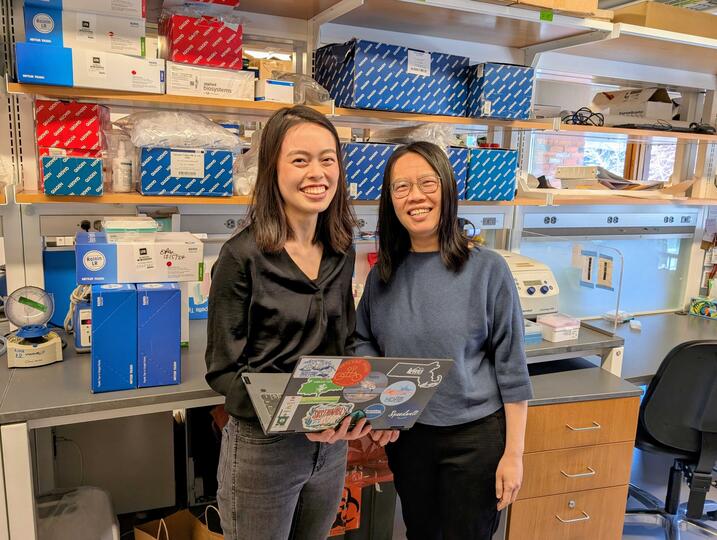
Perhaps the most important skill I’ve learned from her is understanding different points of view. She really likes to use analogies when she’s mentoring me, and many of them will stick with me for the rest of my life. Once, to teach me how to mentor an undergrad, she utilized the following analogy: if you tell someone to cook two cups of rice, a novice might literally put two cups filled with rice into the rice cooker and press “cook.” Something that might come naturally to you might be something completely new to your undergrad, so you have to put yourself in their shoes and understand where they’re coming from. Following this analogy, you have to explicitly outline that you will be using the cup as a measuring tool, and you have to wash the rice and drain the water, etc. Analogies like this have fundamentally changed my perspective and how I live my life. I feel extremely grateful not only to have gotten advice on how to design a good experiment but also to be a better empathetic communicator.
As I wrap up my time as a graduate student in the Hsu Lab, Ya-Chieh keeps joking that she needs to kick me out of her nest. But even after I leave the lab, I feel like I’ve acquired a lifelong mentor. I’m glad to hear that we both want me to graduate soon, but sorry Ya-Chieh, I’ll be your lifelong trainee! I look forward to visiting her nest every now and then.
Hannah Tam’s research has been supported by grants from the New York Stem Cell Foundation, Leo Foundation, the Star-Friedman Challenge, Harvard FAS Dean’s Award; Blavatnik Biomedical Accelerator award, the Smith Family Foundation: Odyssey Award, and grants from NIH/NIAMS.
Banner photo credit: Jingyu Peng
Get the Latest Updates
Join Our Newsletter
Subscribe to Colloquy Podcast
Simplecast


